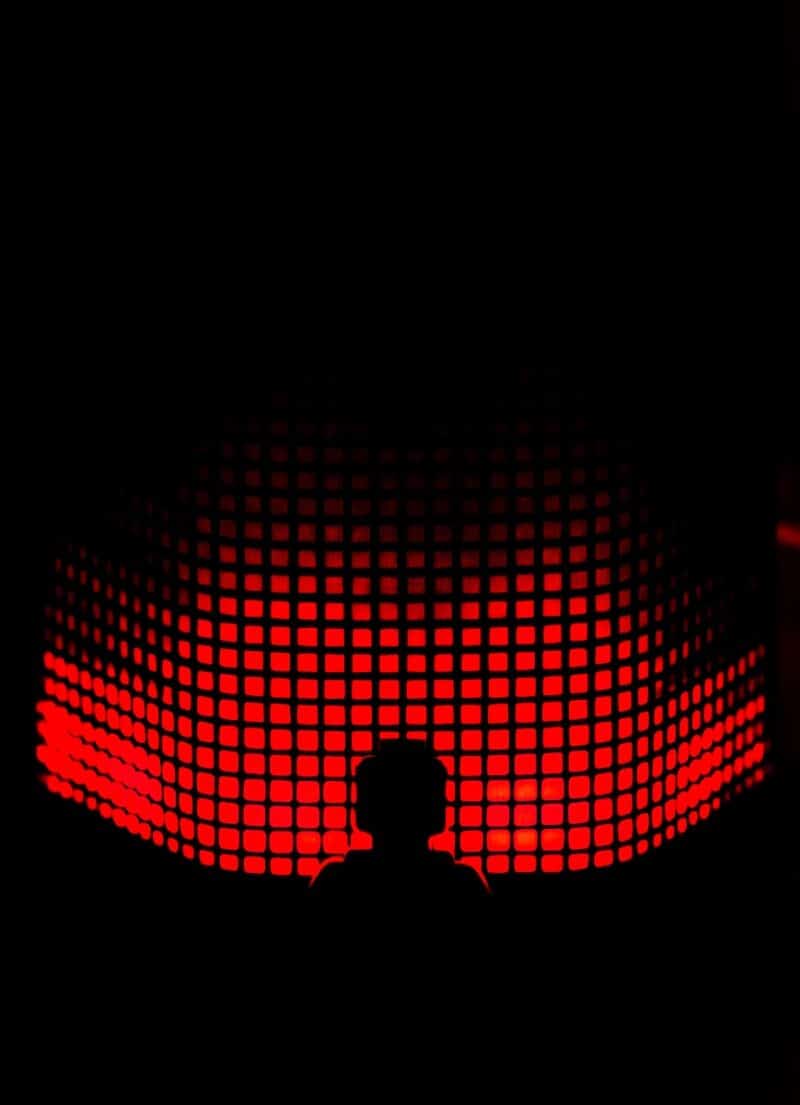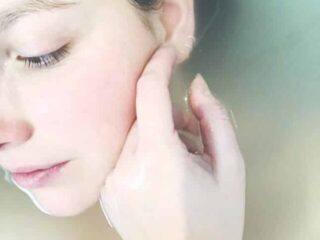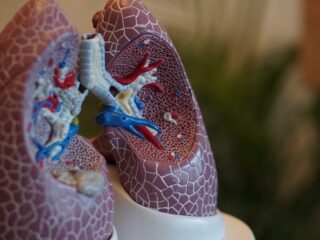
After that discovery, it was then researched for possible use in therapeutics, with a specific focus on the possibility of increasing energy within human cells. This research was done in the hope that it will be a tool to help in wound healing, treat loss of skeletal muscle mass, and aid in the concerns regarding bone mineral density caused by lack of weight in space travel.
Today, it’s gaining traction among people who are searching for a scientifically-backed, natural, and effective treatment for a variety of health issues such as pain, wounds, hair loss, and aging skin, to name a few. Other types of light-based therapy are natural sunlight, laser treatments, sauna light therapy, and blue or green light therapy.
Check this additional info if you want to know more about red light therapy. To start, here are the five benefits of red-light therapy.
- Helps With Skin Problems
RLT may treat chronic skin conditions such as acne, eczema, rosacea, and psoriasis. Facial light therapy machines most often use devices that provide red light. Moreover, some ways that it can rejuvenate the skin are by protecting the cells from damage, increasing collagen production in the skin, which can help to make the skin more elastic, increasing the cells’ mRNA that help stimulate the cells, and many more.
- Improves Sleep
Sleep problems such as insomnia are a hindrance to good health. Insomnia, for example, can cause people to develop mental health issues and lifelong illnesses. The good news is that red light therapy is known to help provide better sleep.
It’s also been shown to regulate our circadian rhythm. Circadian rhythm is a natural process that controls the sleep-wake cycle every 24 hours. Our circadian rhythm can either be on or off depending on how dark and light hours are adjusted. Also, it can aid in the release of melatonin that is needed for sleeping.
Overall, consider choosing red light therapy over some screen time in the evening to gain its possible benefits concerning sleep.
- Aids With Fat Loss
Reducing fat loss can sometimes be hard to accomplish on oneself alone. The process can be slow, and it can be disappointing to see yourself returning to the previous weight you once had after seeing a difference. The better news is that there are several studies done that show red light therapy may be effective in reducing fats.
In 2013, a study showed that a 635nm red light could cause the fat cells to loosen lipids into the body. Red light therapy can alter adipocytes, as agreed by most researchers. Adipocytes are cells that store fats. Therefore, choosing red light to improve weight should also be considered because of some evidence.
- Decreases Pain
According to the Center for Disease Control and Prevention, 50 million Americans suffer from chronic pain. For people with such conditions, this type of therapy might be helpful. To provide some evidence, a review from the European Journal of Physical and Rehabilitation Medicine has gathered many studies about musculoskeletal disorders and RLT. The research found that RLT can effectively treat pain in the adult population with musculoskeletal disorders. Not only that but RLT was also used in mice in a different study and found that it can improve motion and decrease pain after a spinal cord injury.
- Helps With Hair Growth
Hair loss may be one of those physical health issues that RLT can address. According to studies, an increase in hair count and the thickness of the hair shaft on both men and women is the effect of the continued use of red light. Regarding its process, the red light that enters the scalp down to the base of the hair follicle has been seen to stimulate the cells, increasing the production of adenosine triphosphate, which increases the cells’ activity that leads to the hair follicles’ regeneration.
For some specific proof, a small study by the Journal of Cosmetic and Laser Therapy has concluded that red light therapy improved the hair density of people with alopecia compared to those in the control group. Likewise, another study showed that a moderate portion of female and male patients have positive results for reversing hair loss and baldness.
Wrapping Up
Red light therapy or low-level laser light therapy was formerly used in plants and was initially studied in the hope of using it in space travel. Presently, it’s growing in popularity among individuals looking for an effective solution to various health issues.
Moreover, there are many potential benefits of using red light as therapy. Some possible benefits of red-light therapy are it helps with sleep, decreases pain, improves the skin, reduces fat, and promotes hair growth.






